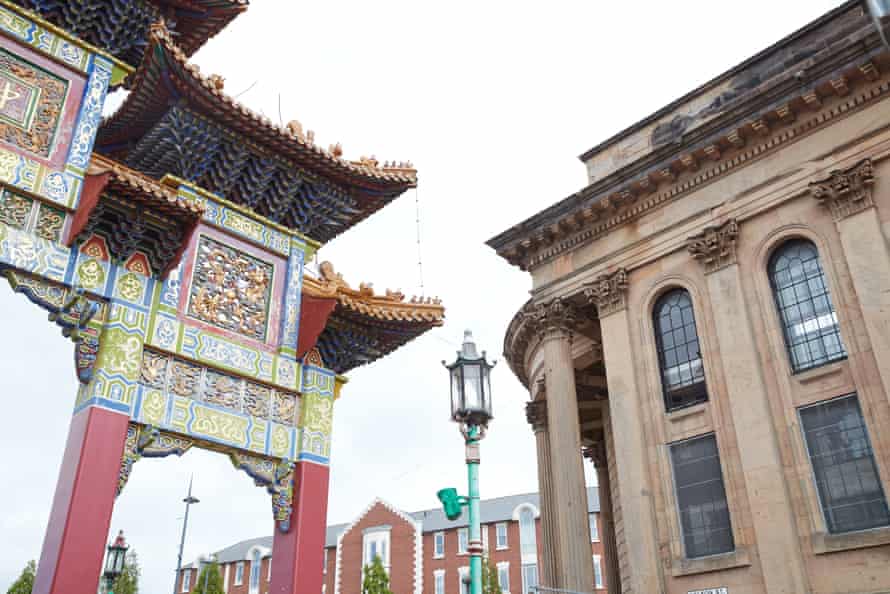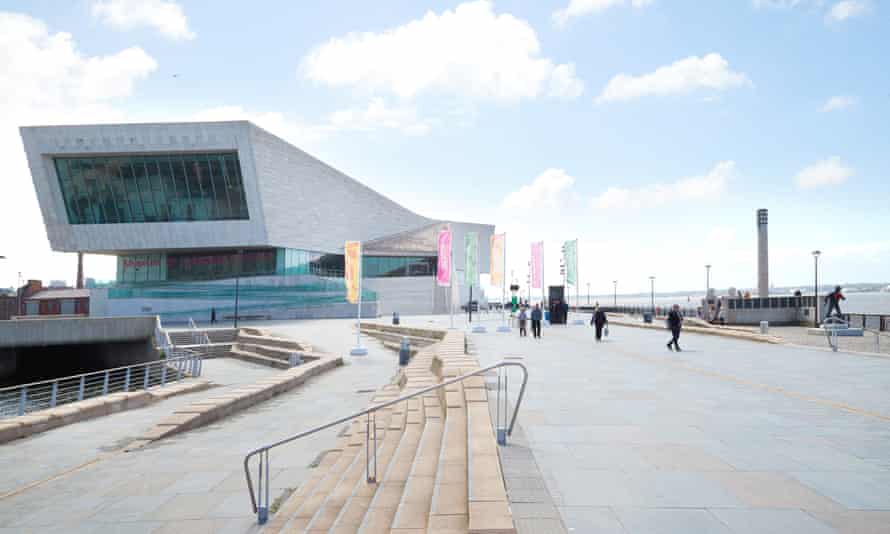Long before Covid, I was a fan of the snug, the booth, the alcove. Call me antisocial, but I prefer to focus on the pint than the bar-room bustle or “talent”. Consequently, Liverpool’s Bridewell pub has my ideal layout, with five cosy cells – formerly used to house miscreants – providing private, dimly lit spaces for a drinker with or without friends.
The pub was recently voted Liverpool’s best by Camra – despite stiff competition – and while the gong is mainly down to its impressive range of bottled, tap and cask ales, for me it also wins on historical interest. It’s in the Ropewalks area, just west of Chinatown, where rope-making and chandlery services were once provided to ships. The pub is inside an 1840s police station, which no doubt housed the occasional drunken sailor; the high red brick wall was designed to keep nosey parkers out and crooks in. Bridewells were prisons for petty offenders or houses of correction, named after the first such establishment in the former Bridewell Palace, near Fleet Street in London.
As well as a lock-up, the building served (allegedly) as a PoW camp, and, from the 1980s, a rehearsal space for local bands (including Frankie Goes to Hollywood and the Icicle Works), fine dining restaurant and cocktail bar. A plaque commemorates a story that Charles Dickens had himself sworn in as a special constable in Liverpool for one night in order to gather material for The Uncommercial Traveller.
We begin our walk at the Pier Head. A ferry port and bus station, it was built over George’s Dock, not far from the muddy inlet or Pool that gave the city its name. There’s a lot to take in here, including larger-than-life bronzes of the Beatles and Tom Murphy’s statue of naval hero Captain Johnnie Walker DSO, the Merchant Navy War Memorial, and the famous Three Graces that earned the city its Unesco world heritage status – as well as large, modern buildings that helped it lose it.

From here we head south, sticking to the waterside footpath, past the shops and museums of Albert Dock (opened in 1846), the exhibition centres and concert spaces of King’s Dock (1785) and the marina in Brunswick Dock (1832). You can’t but note the juxtaposition of handsome, austere old dock buildings and naff “show apartments”. A lot of so-so housing has been built close to…
Click Here to Read the Full Original Article at Travel | The Guardian…
